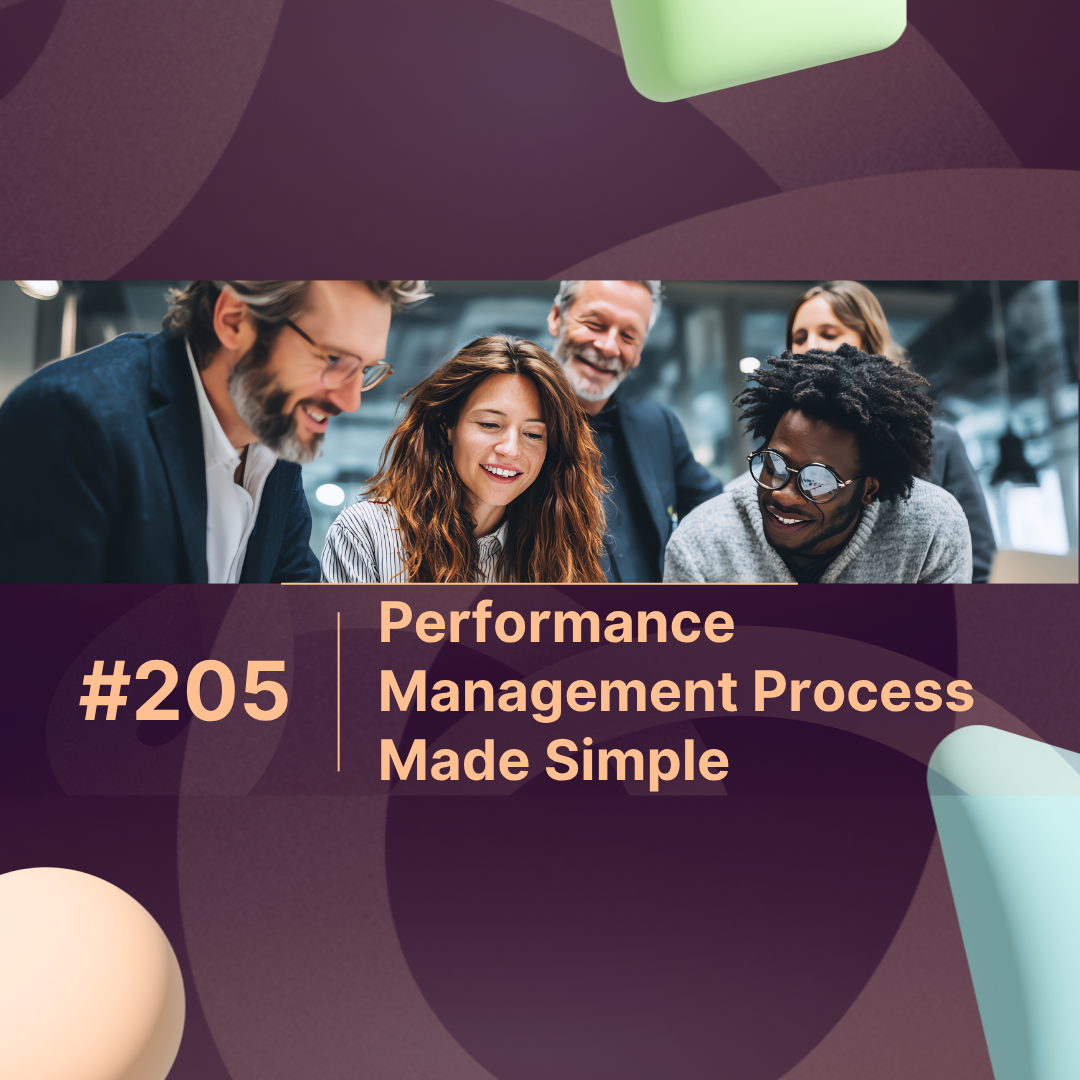The performance management process is a structured cycle that helps modern teams set goals, track progress, give feedback, and improve results typically using a performance platform like MaxHR to simplify everything from alignment to reviews.
Overview
Teams today don’t struggle because they lack talent they struggle because they lack clarity. A modern performance management process solves this by giving people shared goals, continuous feedback, and a simple system to grow. Tools like MaxHR make the entire workflow easier, more transparent, and actually enjoyable for managers and employees.
Below is a clear, human-friendly, and search-optimized guide anyone can follow.
What Is the Performance Management Process?
The performance management process is a repeatable cycle companies use to help employees do their best work. It includes five core steps: goal setting, continuous feedback, performance reviews, development planning, and progress tracking.
Modern teams replace outdated annual reviews with continuous, real-time performance management using tools like MaxHR, so performance becomes part of everyday work not a stressful yearly task.
Why a Modern Performance Management Process Matters
A strong performance process helps organizations:
-
Align individual goals with company goals
-
Improve efficiency and reduce role confusion
-
Help managers give clear, consistent feedback
-
Develop employees faster
-
Increase retention with fair, transparent evaluations
With platforms like MaxHR, teams automate reminders, track goals, collect feedback, and run structured performance reviews all in one place.
5 Steps of a Modern Performance Management Process
1. Set Clear, Measurable Goals
This is where everything begins. Use frameworks like OKRs or SMART goals so employees always know what “success” looks like.
How MaxHR helps:
Centralized goal-setting dashboard, team alignment tools, and automated progress reminders.
2. Create a Continuous Feedback Loop
Feedback shouldn’t wait 12 months. Modern teams use weekly or monthly check-ins.
Examples:
-
1:1 conversations
-
Peer feedback
-
Instant recognition
-
Coaching notes
MaxHR makes this easy with templates, feedback requests, and automated nudges.
3. Conduct Structured Performance Reviews
Instead of stressful, subjective reviews, modern teams use data-driven assessments.
Effective reviews include:
-
Goal completion results
-
Competency ratings
-
Skills assessments
-
Peer and manager feedback
MaxHR provides customizable review cycles so teams remain consistent and fair.
4. Build Personal Development Plans (PDPs)
A great performance management process helps employees grow not just get evaluated.
Common PDP items include:
-
Upskilling courses
-
Certifications
-
Mentorship programs
-
Role-specific development goals
MaxHR tracks these so employees actually follow through.
5. Track Results and Optimize
Great performance systems improve every quarter. MaxHR gives leaders analytics on trends, strengths, gaps, and team performance.
Performance Management Process Table (Numerical Overview)
| Step | Stage Name | Time Required | Responsibility | Description |
|---|---|---|---|---|
| 1 | Goal Setting | 1–2 weeks | Manager + Employee | Set OKRs/SMART goals aligned with company objectives |
| 2 | Continuous Feedback | Weekly/Monthly | Manager | Ongoing check-ins, coaching, recognition |
| 3 | Performance Review | Semi-Annual/Annual | Manager + HR | Evaluate goals, competencies, and peer feedback |
| 4 | Development Plan | Quarterly | Employee | Skill growth and role development actions |
| 5 | Progress Tracking | Continuous | HR + Leadership | Analytics, performance trends, improvements |
Benefits of Using MaxHR for the Performance Management Process
MaxHR simplifies the entire performance cycle:
✔ Centralized goal tracking
Everyone sees priorities and progress.
✔ Automated feedback loops
Never forget check-ins again.
✔ Review automation
Templates, reminders, timelines—done.
✔ Fair scoring & competency models
Reduce bias with structured criteria.
✔ Clear growth paths
Employees know exactly how to advance.
✔ Performance analytics
Real insights, not guesswork.
For modern teams, MaxHR turns a complicated process into a smooth, transparent system employees actually like.
Common Challenges (And How MaxHR Fixes Them)
1. Confusing goals
MaxHR provides goal-setting templates and alignment tools.
2. Irregular feedback
Automated nudges ensure consistent coaching.
3. Bias in reviews
Competency frameworks bring fairness.
4. Lost documentation
Everything lives in one platform.
5. Low engagement
Employees understand expectations and growth paths.
Conclusion
A modern performance management process isn’t about forms, meetings, or HR checkboxes. It’s about helping people succeed with clarity, feedback, and growth. When you add a tool like MaxHR, your team stays aligned, motivated, and high-performing all year not just during review season.
If you want a performance system that’s simple, structured, and actually works, start with the five steps above and let MaxHR automate the rest.
FAQs:
1. What is the performance management process in simple terms?
It’s a step-by-step system companies use to help employees set goals, get feedback, improve skills, and measure results.
2. What are the main steps of the performance management process?
Goal setting, continuous feedback, performance reviews, development planning, and progress tracking.
3. How often should performance reviews be done?
Modern companies do continuous feedback weekly or monthly and formal reviews twice a year.
4. Why do teams use tools like MaxHR for performance management?
To automate goals, feedback, reviews, reminders, and analytics—saving time and improving fairness.
5. What makes a performance management process effective?
Clear goals, regular check-ins, structured evaluations, growth plans, and transparent communication.



